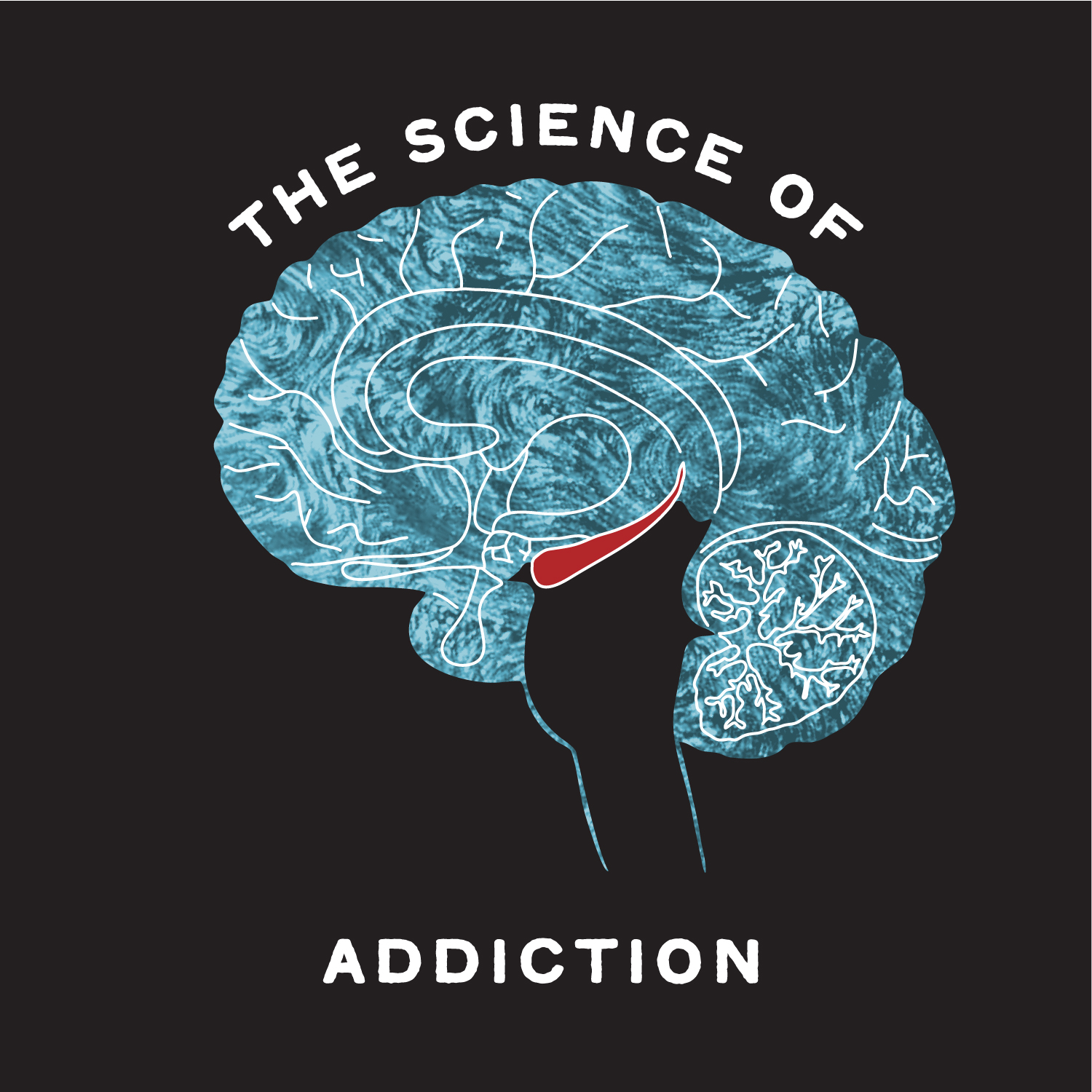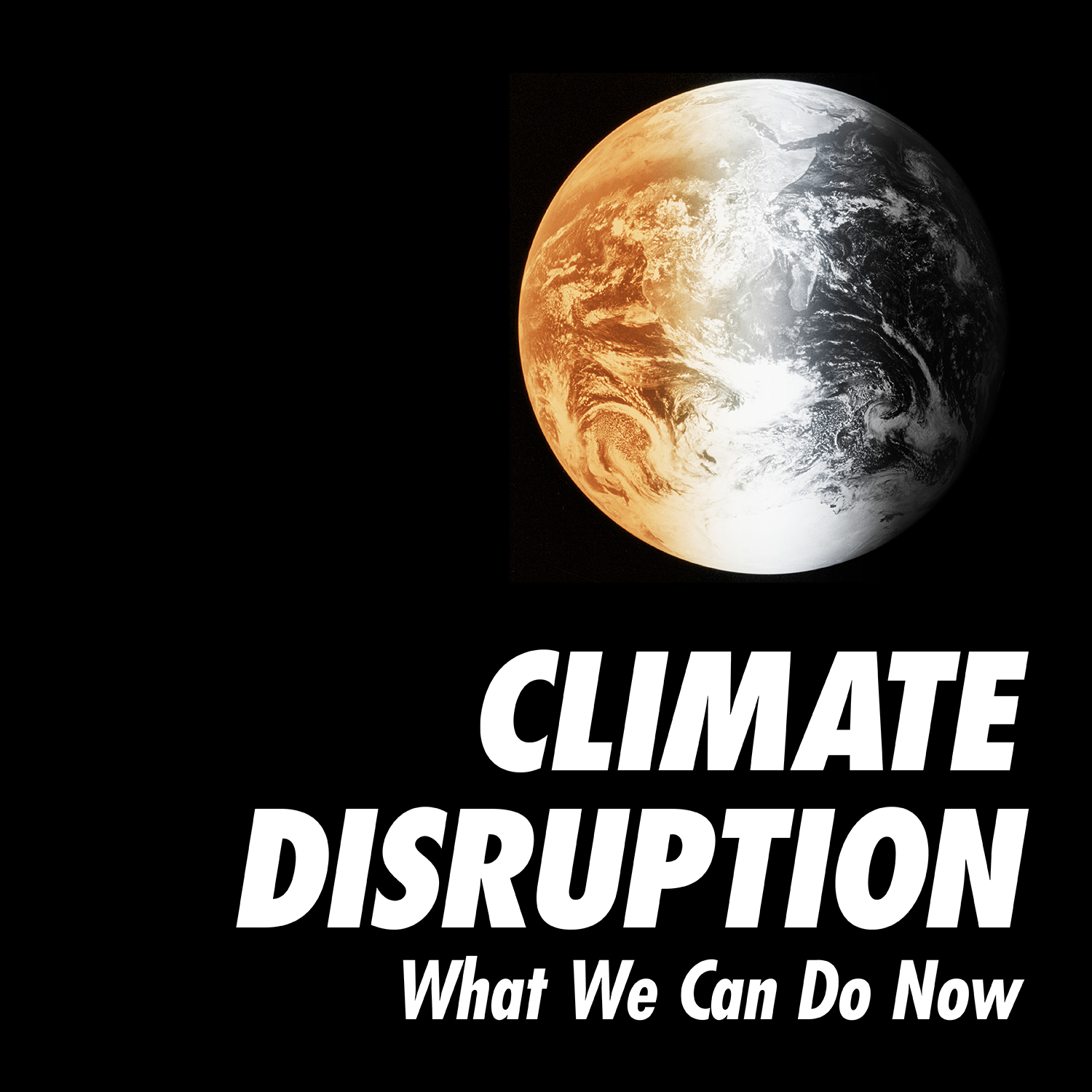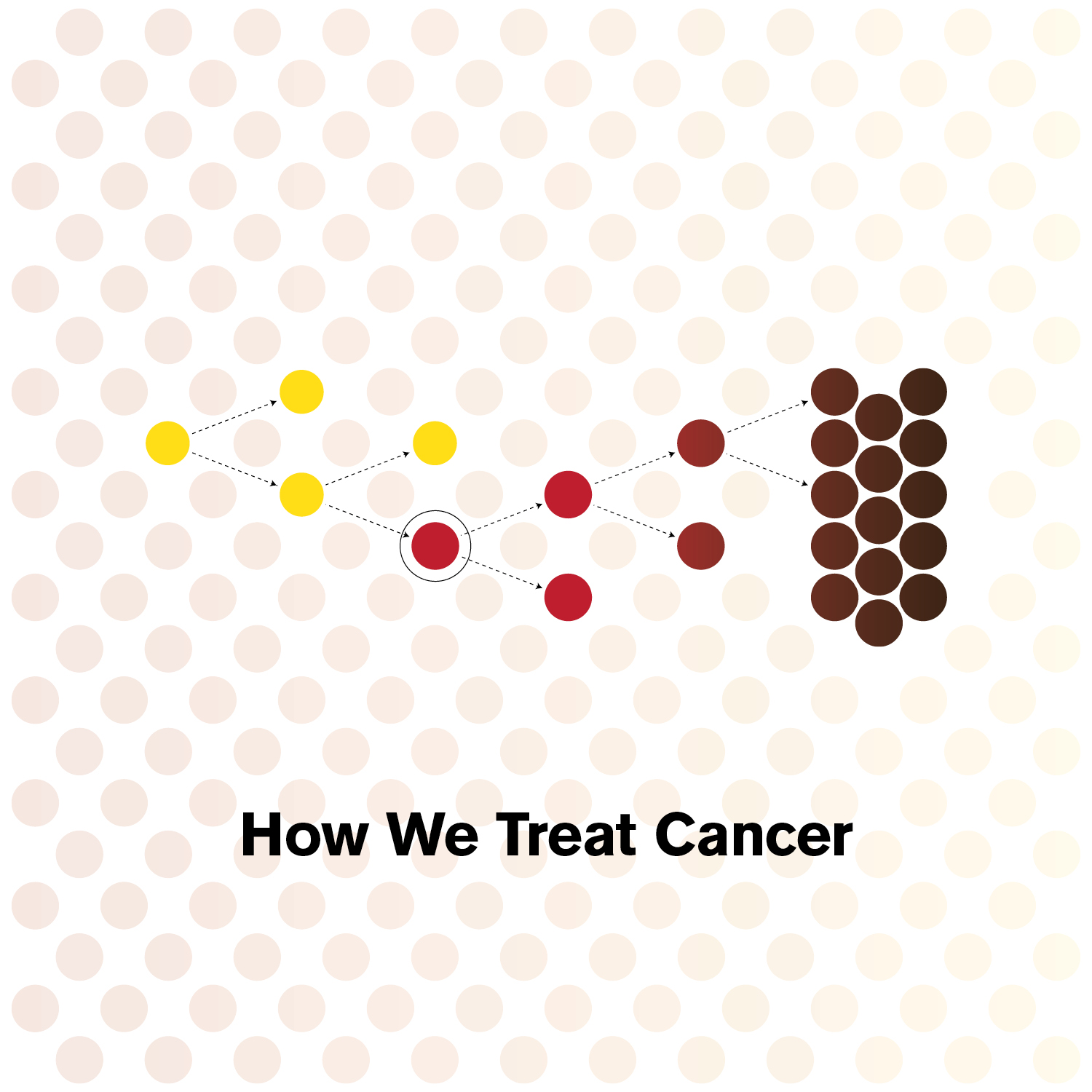
Addiction is one of the most common forms of mental illness in the world. Tens of millions of Americans, and over a quarter of a billion people worldwide, have an addiction to drugs or alcohol. Everyone who has watched a loved one suffer from addiction wonders, “Why are they acting like this? Why can’t they stop?” And people with addictions wonder the same things about themselves. Many people think of addiction as a moral failing, or as a conscious choice—neither belief is supported by scientific evidence.
Continue reading “The Science of Addiction”

Cannabis abuse during adolescence increases the risk of developing psychosis and prefrontal cortex (PFC)-dependent cognitive deficits later in life. The CB1 cannabinoid receptor has long been known to mediate the psychoactive effects of cannabis, yet the mechanisms underlying such vulnerability remain unknown. Here, I will discuss data from my lab and others showing that long-lasting deficits in prefrontal functions can occur following repeated exposure to cannabinoids during adolescence. Continue reading “C2ST Speakeasy: “Cannabis and the Developing Brain” with Dr. Kuei Yuan Tseng”

The Earth has warmed by almost two degrees Fahrenheit since 1880. This seemingly small increase in global warming explains why much of the land ice on the planet is starting to melt, the oceans are rising at an accelerating pace, and weather extremes are becoming common. Climate researchers have vetted the overwhelming science-based evidence and conclude that human activities associated with the release of greenhouse gases are the primary culprit. Continue reading “Climate Disruption: What We Can Do Now”

Solar energy holds the best potential for meeting humanity’s future long-term energy needs while cutting greenhouse gas emissions—but to realize this potential will require increased emphasis on developing lower-cost technologies and more effective deployment policy. This lecture presents results of a comprehensive study on The Future of Solar Energy by the MIT Energy Initiative (MITEI), which is part of a series of multidisciplinary reports that examine the role various energy sources could play in meeting future energy demand under carbon dioxide emission constraints. Continue reading “The Future of Solar Energy”

Cancer is scary. We all know someone who has battled cancer. Cancer is the second most common cause of death in the United States, killing a half million people of all ages nationwide each year. For many, simply being diagnosed with cancer can feel like a death sentence.
Continue reading “How We Treat Cancer”

Everything we see today, our precious atoms and molecules, got here by traveling on swaths of dark matter. From the oscillations of the hot plasma of the primordial universe, to the formation and dynamics of modern galaxies, dark matter plays a necessary role. The very construct in which we sit is defined by its abundance. Our universe’s evolution is controlled tightly by a cosmic tug-of-war between dark matter and dark energy. Continue reading “C2ST Speakeasy: “Dark Matter — The Dark Path to our Being” with Dr. Ritoban Basu Thakur”




